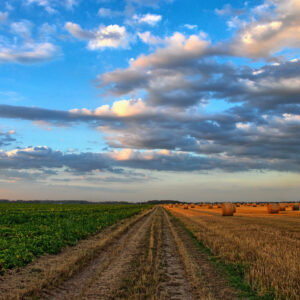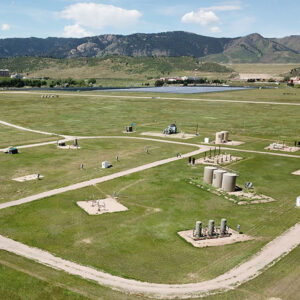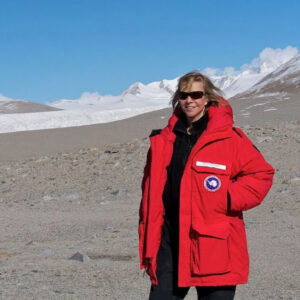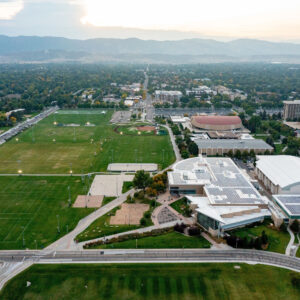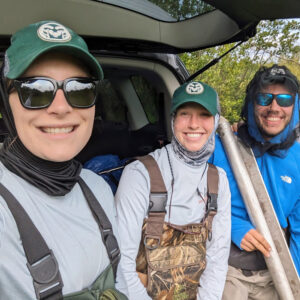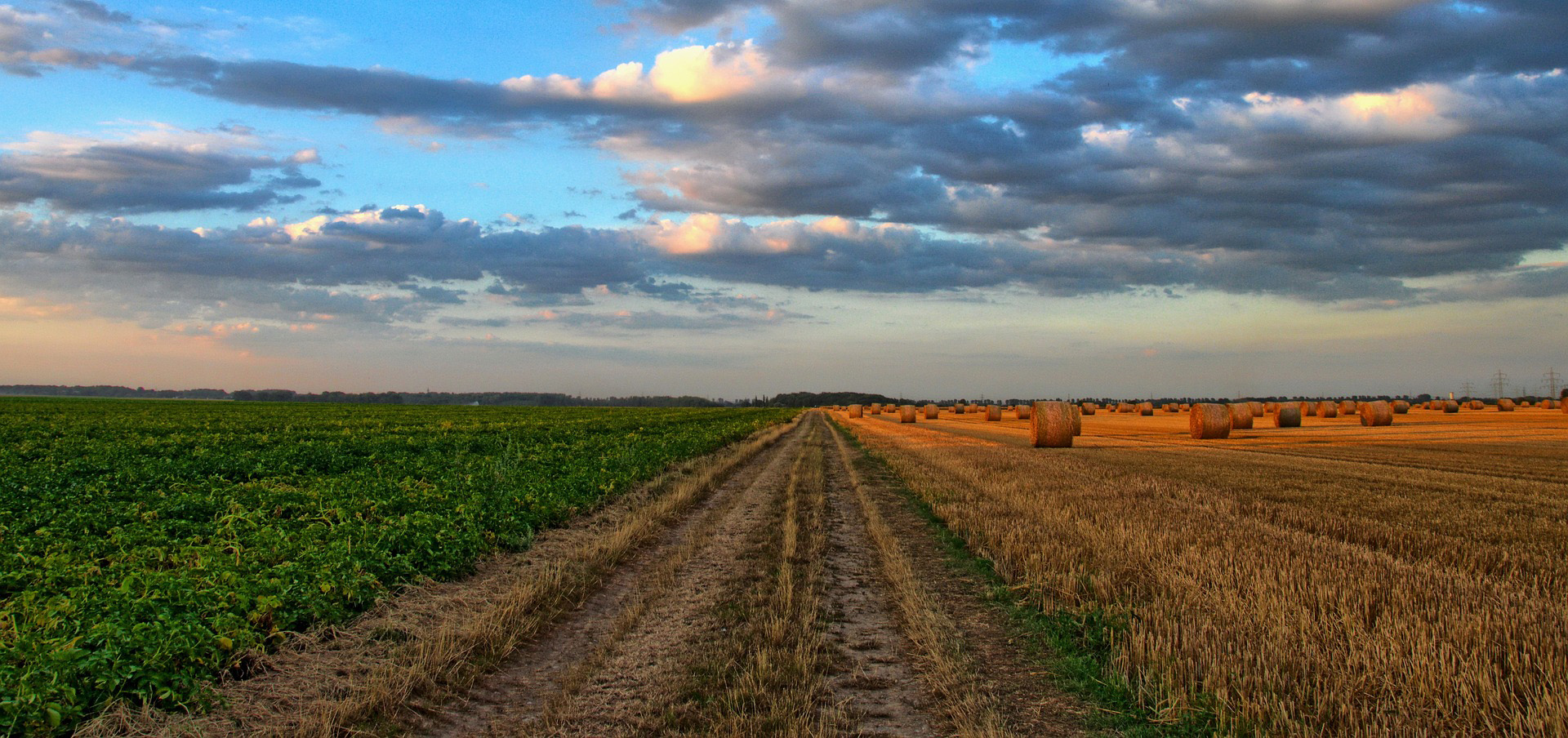
Grounded in science
CSU a global leader in soil carbon research, climate change solutions
story by Jayme DeLoss
published April 11, 2024
As governments around the world strive to reduce heat-trapping emissions in the atmosphere, they need accurate assessments, innovative solutions and a skilled workforce with the technical know-how to implement those solutions. Colorado State University has been providing the tools needed through intensive study of changes in soil carbon and greenhouse gas emissions for more than 50 years.
The U.S. government relies on CSU expertise in estimating greenhouse gas emissions generated by the nation’s agricultural land for official reporting and policy decisions – a long-standing partnership that is expanding with a $19.5 billion climate-smart agriculture program initiated through the federal Inflation Reduction Act of 2022. The U.S. Department of Agriculture has funded CSU to track emissions to evaluate whether practices such as sequestering carbon in ag land are working to reduce carbon dioxide in the atmosphere.
“We’re in a unique role geared to support the federal government in this way,” said Stephen Ogle, lead technical compiler for the national greenhouse gas inventory and professor of ecosystem science and sustainability in the Warner College of Natural Resources. “A lot of institutions do research but don’t necessarily have this policy role that we have here because of our long tradition of modeling soil organic matter dynamics.”
Agricultural land can release greenhouse gases or store them in the soil, depending on how it’s managed. Regenerative practices are considered a promising solution for reducing the amount of carbon dioxide, nitrous oxide and methane entering the atmosphere, contributing to global warming.
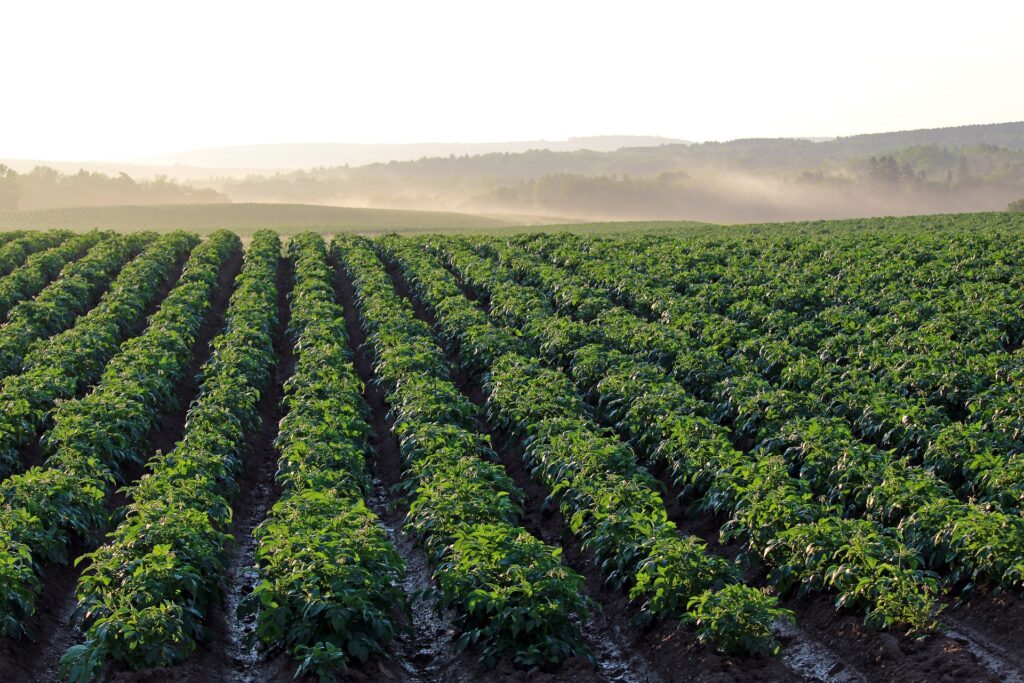
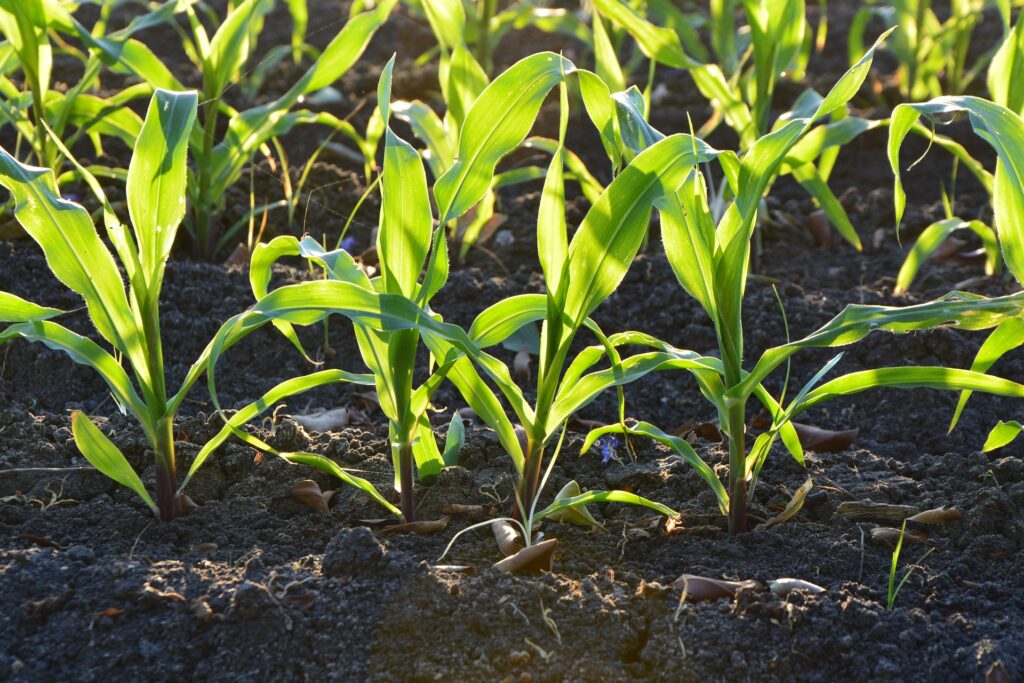
CSU leads the national greenhouse gas inventory for all cropland and grassland in the country. The U.S. government reports this information to the United Nations Framework Convention on Climate Change as part of its agreement with other countries to reduce emissions and lessen the impacts of climate change.
Ogle’s work as a senior research scientist in CSU’s Natural Resource Ecology Laboratory extends beyond U.S. borders. He has worked with over 20 countries, including Costa Rica, Vietnam and South Africa, to help them improve their greenhouse gas inventories as part of the United States’ commitment to U.N. climate goals.
The Intergovernmental Panel on Climate Change sets the guidelines for national greenhouse gas inventories, and CSU had a hand in their design as well. In 2006, Ogle and fellow NREL senior research scientist Keith Paustian, a University Distinguished Professor in the Department of Soil and Crop Sciences in the College of Agricultural Sciences, were among the lead authors on a report that overhauled the IPCC guidelines. As a result, Ogle and Paustian shared the 2007 Nobel Peace Prize with hundreds of other IPCC authors and former U.S. Vice President Al Gore for their efforts to measure and counteract climate change.
“We’re here to provide our technical expertise to help the federal government and society figure out how to limit further climate change,” Ogle said.
Modeling soil dynamics
CSU’s soil carbon research has deep global roots. NREL was formed in the late 1960s to study soil processes in grasslands in response to the International Biological Program. From that work, the Century computer model was developed in the late 1980s to simulate long-term changes in soil organic matter dynamics. Century was followed in the 1990s by the DayCent model, which added a daily timescale for estimating trace gas emissions.
William Parton, NREL senior research scientist and professor emeritus in the Department of Forest and Rangeland Stewardship, led development of these biogeochemical models, which predict carbon, nitrogen and methane exchanges among the atmosphere, vegetation and soil. The models, calibrated using field measurements, have been applied to cropland and grassland all over the world.
“We’ve modeled almost every square meter of the world’s agricultural land,” Parton said.
With the DayCent model as a core component, in the early 2010s, the USDA and CSU released COMET-Farm, a web-based tool that farmers and ranchers can use to estimate soil carbon changes and greenhouse gas emissions on their own land based on various management practices. Now, COMET-Farm and a related web-based tool, COMET-Planner, will be used by farmers, ranchers and other participants in the USDA Partnerships for Climate Smart Commodities program to help track carbon sequestration and greenhouse gas reductions from their implementation of climate-smart management practices.
NREL continues to improve the models, and burgeoning carbon markets are starting to use DayCent to calculate carbon credits.
‘Climate Solutions University’
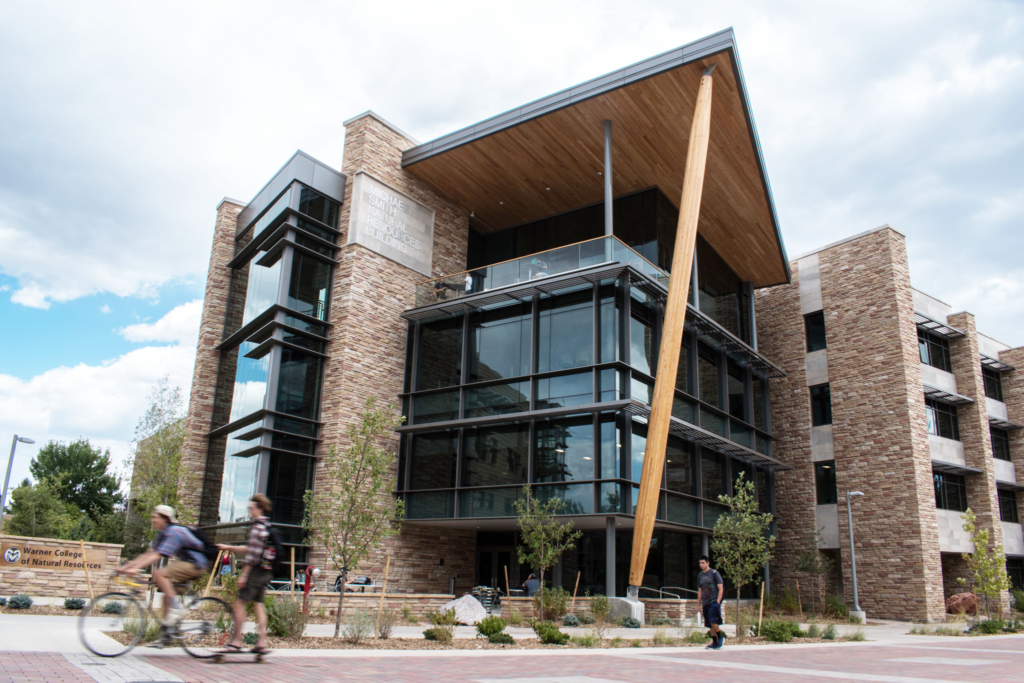
Richard Conant, a soil biogeochemist and head of the Department of Ecosystem Science and Sustainability, said that because there are so many people across campus working hard on climate change mitigation and adaptation, CSU is leading the way on many fronts.
“At CSU, we’re problem-solvers,” Conant said. “People really engaged in this arena – even outside of CSU – think of us as ‘Climate Solutions University.’”
Conant is working on novel, solution-oriented science that he and his research partners call biotransformative carbon dioxide removal. Current options for drawing down carbon dioxide involve engineered solutions or land management changes – carbon sequestration or planting trees. Conant said that engineered solutions are expensive, and it’s difficult to prove whether bio-based solutions are long-lasting.
“The challenge is that we need to remove CO2 from the atmosphere, probably billions of tons per year, and we need to figure out how to do it right quick,” he added.
Conant’s research team is trying to identify decomposition-resistant compounds, such as rare sugars, and coax plants into making those compounds. Theoretically, crops possessing this trait would consume carbon dioxide from the atmosphere and create biomass, some of which would remain stored in the soil.
“At CSU, we’re problem-solvers. People really engaged in this arena – even outside of CSU – think of us as ‘Climate Solutions University.’”
Richard Conant, head of the Department of Ecosystem Science and Sustainability
“We think biotransformative CDR has the potential to produce verifiable, dependable, durable carbon removal at lower cost, and it could be scaled quickly,” Conant said. “We think it’s a potentially transformative solution.”
Conant and Paustian, along with Professors Francesca Cotrufo and Jason Quinn, lead one of CSU’s three Thematic Units of Excellence. The Carbon Management TUNE was awarded up to $800,000 in 2023 from the Office of the Vice President for Research to build on CSU’s strong foundation in carbon management, with matching funds from units and individuals across campus for a total $1.2 million investment. The unit brings together researchers and educators from seven different colleges to work toward innovative solutions, including biotransformative CDR.
Recognizing the need for a workforce trained in the latest climate science, the TUNE also will expand CSU’s carbon management education and outreach, adding to programs like the professional science master’s degree, certificate in carbon management and restoration ecology degree. In the past year, CSU has added courses on carbon finance and carbon market protocols to keep pace with demand for employees who understand this rapidly evolving field.
“We’re making every effort to make CSU the go-to institution for carbon management education,” Conant said.
Interdisciplinary perspectives
So many CSU scientists were researching soil carbon climate solutions a few years ago that they weren’t always aware of each other’s work. The Soil Carbon Solutions Center was launched in 2021 to assemble experts from across campus to work together.
“Besides the technical soil carbon expertise that was already here at CSU, there were lots of other people in other departments and colleges who were working on these topics from different perspectives and different disciplinary backgrounds,” said center director Jane Zelikova, an ecologist and faculty member in the Department of Soil and Crop Sciences, adding that the center has led to partnerships among researchers who wouldn’t have collaborated otherwise.
Zelikova and Associate Director Lauren Gifford, a political geographer, are committed to ensuring that social science and stakeholder voices are integrated into the work the center does. They are collaborating with Lawrence Livermore National Laboratory on the Terraforming Soil Energy Earthshot Research Center, funded by the U.S. Department of Energy. Gifford and Zelikova will survey farmers and ranchers to understand how they make land management decisions and estimate “realizable soil carbon sequestration potential” – how much of the technical potential can be achieved because people are willing to implement practices developed in labs.
“Lauren and I are focused on ensuring that as those new engineered approaches are developed, how they’re developed and how they’re deployed is informed by the perspectives and decision-making of land managers who are going to be the ones tasked with deploying these solutions on the ground,” Zelikova said.
The center also is kicking off a series of educational activities, including a professional development carbon finance bootcamp in May at the CSU Spur campus in Denver.
“More people are coming into climate work but don’t have a strong background in how carbon finance works,” Zelikova said. “We want to provide that quickly and also provide opportunities for people to continue their education without having to go back to school full time.”
The center is a major contributor to the new Colorado-Wyoming Climate Resilience Engine, a $160 million regional research hub funded by the National Science Foundation that will foster partnerships and help communities monitor, mitigate and adapt to climate change.
“We only have this one planet; we have a responsibility and a selfish interest in taking care of it,” Zelikova said. “The U.S. also has the responsibility to do that work, as one of the major emitters, so it’s important that universities like ours are leading the charge.”
